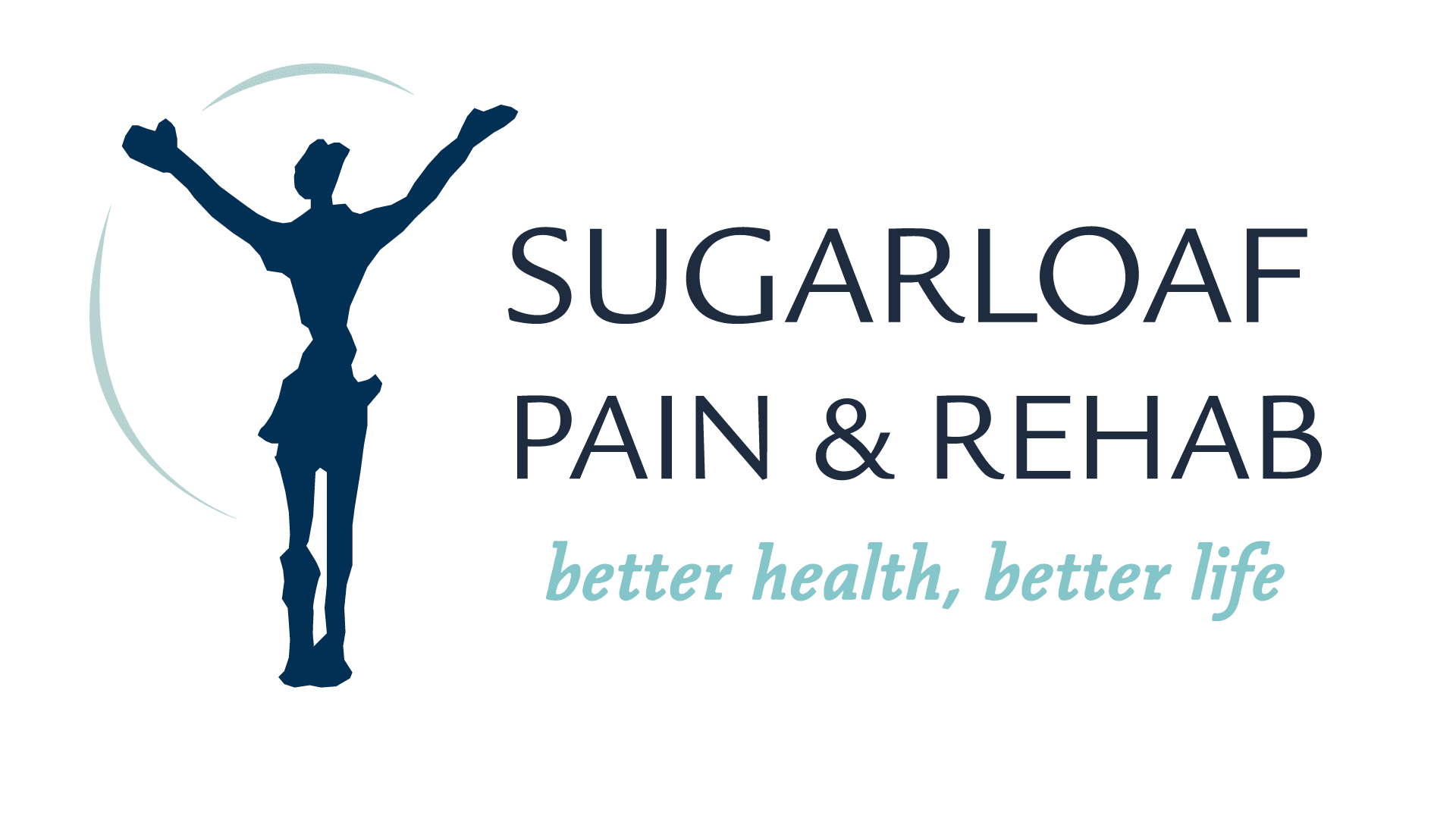Spinal Decompression
This form of spinal decompression is a conservative alternative to the surgical method of decompression. The therapy works by using a motorized traction to gentle stretch the spine
Spinal decompression is a non-surgical treatment method that aims to alleviate pain and promote healing by relieving pressure on the spinal discs. It involves stretching the spine using traction or motorized devices, allowing the discs to retract and possibly reducing bulging or herniation.
This treatment is commonly used for conditions such as herniated discs, degenerative disc disease, sciatica, and spinal stenosis. During the procedure, the patient is positioned on a specialized table or device, which gently applies traction forces to the spine.
The theory behind decompression is that by creating negative pressure within the discs, it can encourage the retraction of herniated or bulging discs. This reduction in pressure may help to relieve pain, improve blood flow, and promote the delivery of nutrients to the affected area.
It is important to note that spinal decompression is not suitable for everyone and should be performed under the guidance of a qualified healthcare professional. They will evaluate your specific condition and determine if this treatment approach is appropriate for you.
As always, it is recommended to seek professional medical advice before considering any treatment option to ensure it aligns with your individual circumstances and medical history. Decompression is a technique used to relieve pressure on the spinal discs and nerves. It involves gently stretching the spine to create negative pressure in the discs, allowing herniated or bulging discs to retract and alleviate pain. Spinal decompression can be performed manually by a chiropractor or using specialized mechanical devices.

